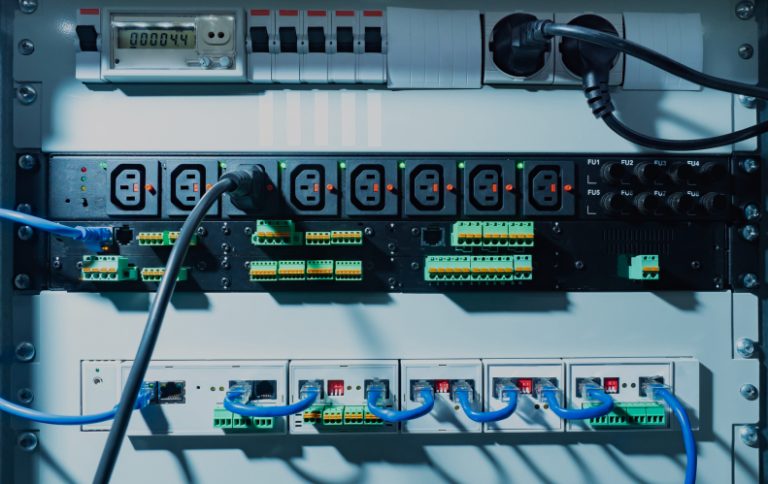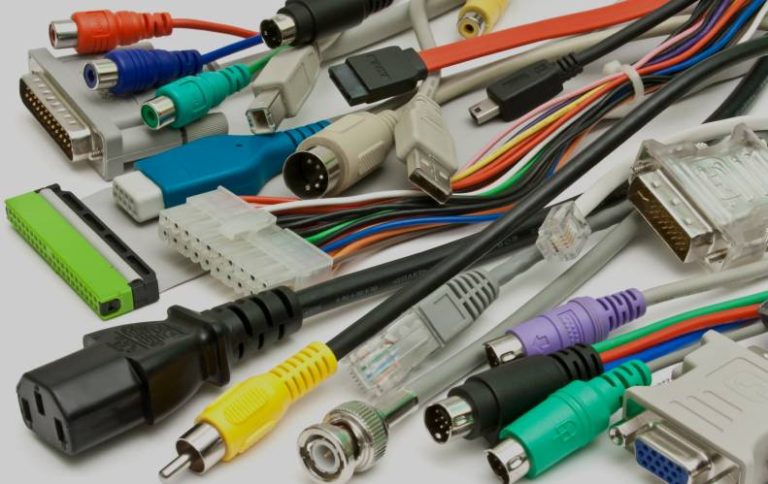Panel antennas are the cornerstone of directional wireless communication, offering high-gain, focused coverage for applications demanding long-range performance and minimal interference. At Petra Carbon, we design rugged, high-efficiency panel antennas tailored for industries like telecommunications, smart infrastructure, and industrial automation. In this guide, we’ll explore how panel antennas work, their advantages over omnidirectional alternatives, and why Petra Carbon delivers unmatched reliability in critical connectivity solutions.

What Is a Panel Antenna?
A panel antenna is a directional antenna that concentrates radio frequency (RF) energy into a narrow beamwidth, enabling long-range communication with minimal signal spread. Unlike Omni antennas, which provide 360° coverage, panel antennas focus signals for point-to-point or sector-based deployments.
Key Features of Petra Carbon’s Panel Antennas:
- Frequency Range: 700 MHz to 6 GHz (supports 4G, 5G, WiMAX, and IoT bands).
- Gain: 10 dBi to 21 dBi for extended reach.
- Durability: IP67-rated enclosures, UV-resistant radomes.
Explore our panel antenna catalog for robust, high-performance solutions.
Types of Panel Antennas
Single-Polarization Panel Antennas
Use Case: Basic point-to-point links in rural broadband networks.
Features: Lightweight, cost-effective.
Pair With: Coaxial cables for low-loss backhaul.
Dual-Polarization (MIMO) Panel Antennas
Use Case: High-capacity 5G base stations and urban small cells.
Features: Vertical + horizontal polarization for improved signal reliability.
Sector Panel Antennas
Use Case: Wide-area coverage in cellular networks (e.g., 120° sectors).
Integration: Combine with RF combiners for multi-carrier setups.
Applications of Panel Antennas
Telecommunications
5G Networks: Deploy high-gain panels for mmWave backhaul or urban small cells.
Rural Connectivity: Extend coverage to remote areas with focused beams.
Industrial IoT
Smart Factories: Link sensors across large facilities using directional signals.
Hydraulic Systems: Integrate with hydraulic torque wrench controllers for real-time data transmission.
Transportation
Railway Communication: Ensure uninterrupted signals along tracks with ruggedized panels.
Smart Cities
Public Wi-Fi: Provide high-speed connectivity in parks, stadiums, and transit hubs.
Panel vs. Omni Antennas: Which to Choose?
| Factor | Panel Antenna | Omni Antenna |
| Coverage | Focused beam (15°–90°) | 360° horizontal |
| Range | Long-distance (up to 30+ km) | Short to medium range (1–5 km) |
| Best For | Point-to-point links, high-density urban areas | Mobile devices, wide-area surveillance |
For omnidirectional needs, explore Petra Carbon’s Omni antenna solutions.
How to Optimize Panel Antenna Performance
Alignment Precision
Use flange alignment tools for accurate azimuth and elevation adjustments.
Cable Management
Minimize signal loss with low-loss coaxial cables and weatherproof connectors.
Interference Mitigation
Avoid mounting near EMI sources like motors or high-voltage equipment.
For custom configurations, contact our engineers.
Why Petra Carbon’s Panel Antennas Excel
Rigorous Testing: Validated using in-circuit test systems for consistent performance.
Customization: Adjustable beamwidth, mounting brackets, and connector types (N-type, SMA).
Global Compliance: Meets FCC, CE, and RoHS standards for international deployments.
FAQs About Panel Antennas
What’s the ideal mounting height for a panel antenna?
Typically 10–30 meters above ground, depending on terrain and obstructions.
Can panel antennas work in extreme temperatures?
Yes! Our models operate in -40°C to +85°C environments with IP67-rated enclosures.
How do I reduce wind load on outdoor panels?
Use low-profile designs and secure mounting kits included with Petra Carbon antennas.
At PetraCarbon, we engineer panel antennas to deliver precision connectivity, whether you’re bridging rural networks or optimizing 5G infrastructure.
🔗 Contact Petra Carbon for technical support or explore our Antenna Solutions Catalog.
Precision connectivity, everywhere!



